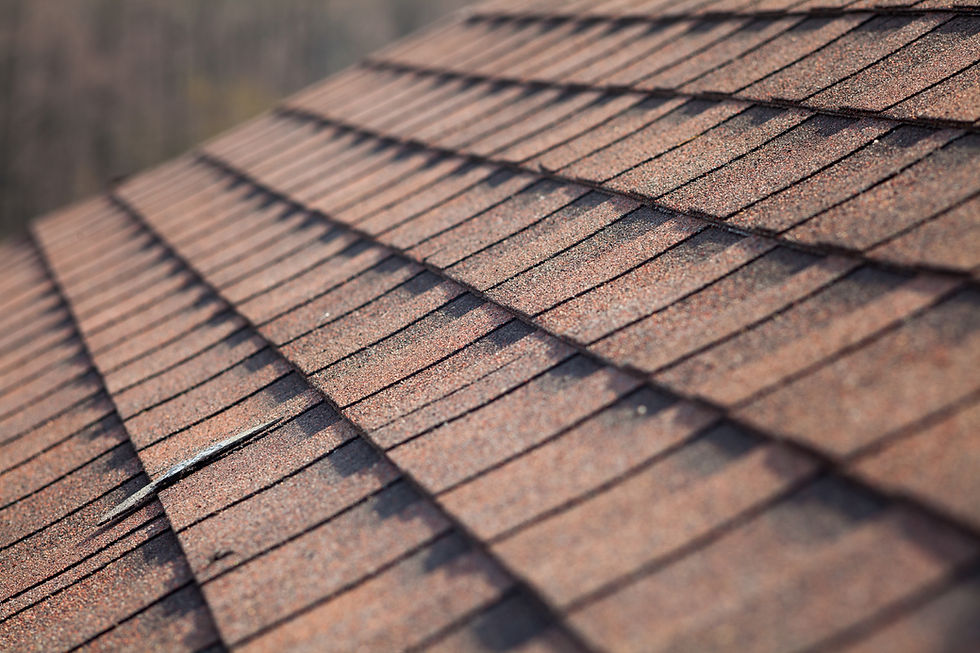How important is the health of your roof? Obviously, it’s vital. Your roof protects you, your family and all your stuff from the elements, so if it fails – in even the smallest area – you have the potential for a soggy, unhealthy mess.

Fall is a great time to inspect your roof to make sure it’s in good shape before winter weather sets in. It’s a good idea to hire a pro to do this for you, but there are some checks you can make safely.
Look for leaks.
Start your inspection inside your home. Check for signs of water damage, like brown stains on ceilings, and damaged or decaying wood in your attic.
Head outside.
Now, head outside…and take your phone with you. As you walk around the outside of your home, look for signs of wear and tear, like missing, curled or broken shingles, and sagging. Are there piles of leaves or other debris? If so, they may be retaining water that will lead to roof damage down the road. Snap pictures of possible issues you find.

Check the overhang, gutters and downspouts.
If you’ve ever had water in your basement, you know what a mess that is. Clogged gutters and blocked downspouts account for nearly 90% of those issues in the basement. Check to see that overhangs are solid with no rotting wood, and that gutters are clear of leaves or animal nests. Downspouts should be positioned so they direct water away from your foundation. Again, snap pictures of suspect areas.
Grab your ladder.
If you’re able to do this safely, climb high enough on your ladder to visually inspect your roof. You don’t need to get on the roof. Is there damage around the gutters or the chimney? How about the vent pipes? Is all flashing in place? Flashing is that flat piece of metal at the base of your chimney, vent pipes and major seams in your roof. Its purpose is to direct water away from openings. If possible to do safely, take pictures in this area, too.
If you found some issues, contact a roofing pro for a consultation. Share the photos you took, and allow the pro to make a thorough inspection.


Comments